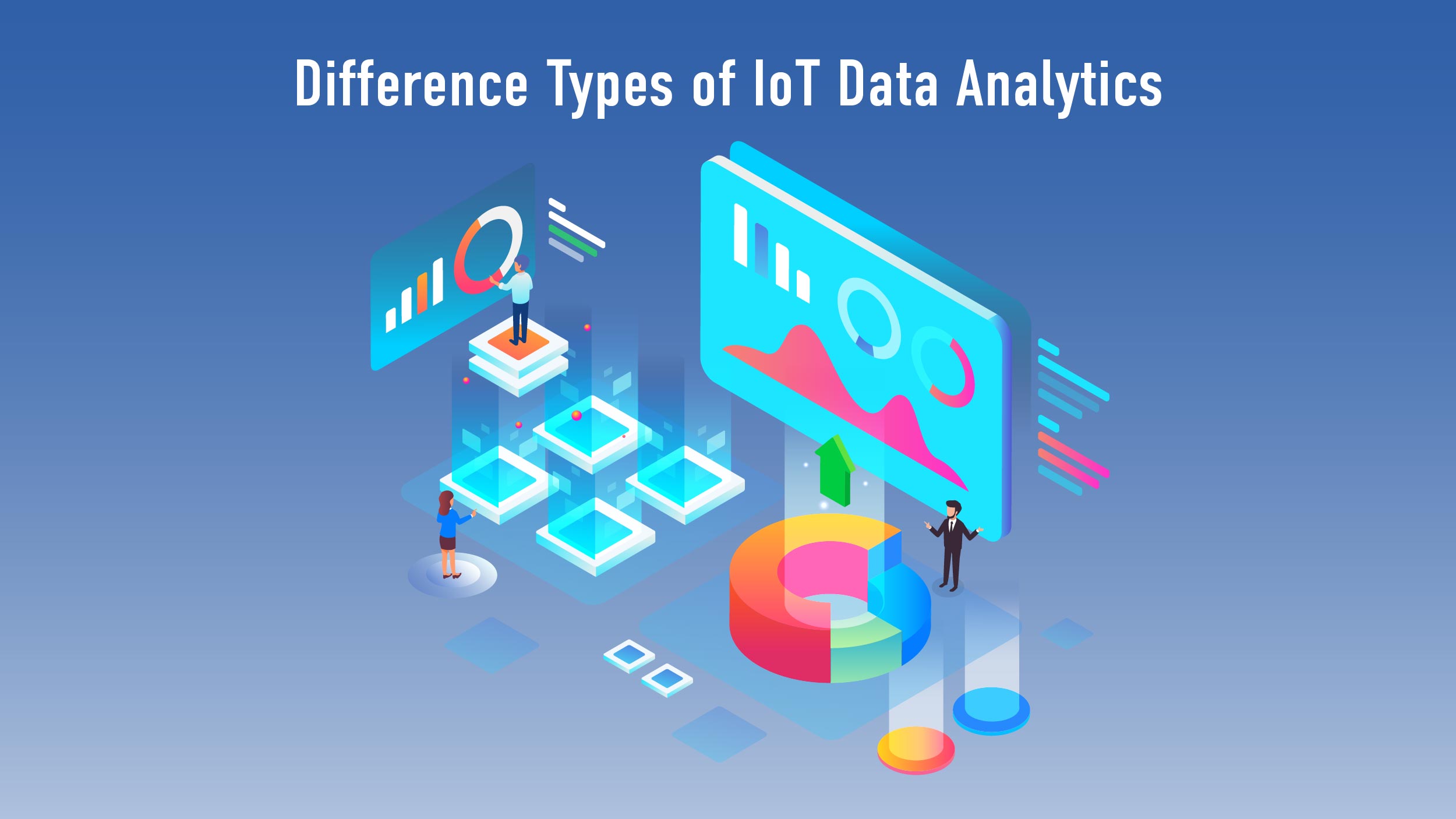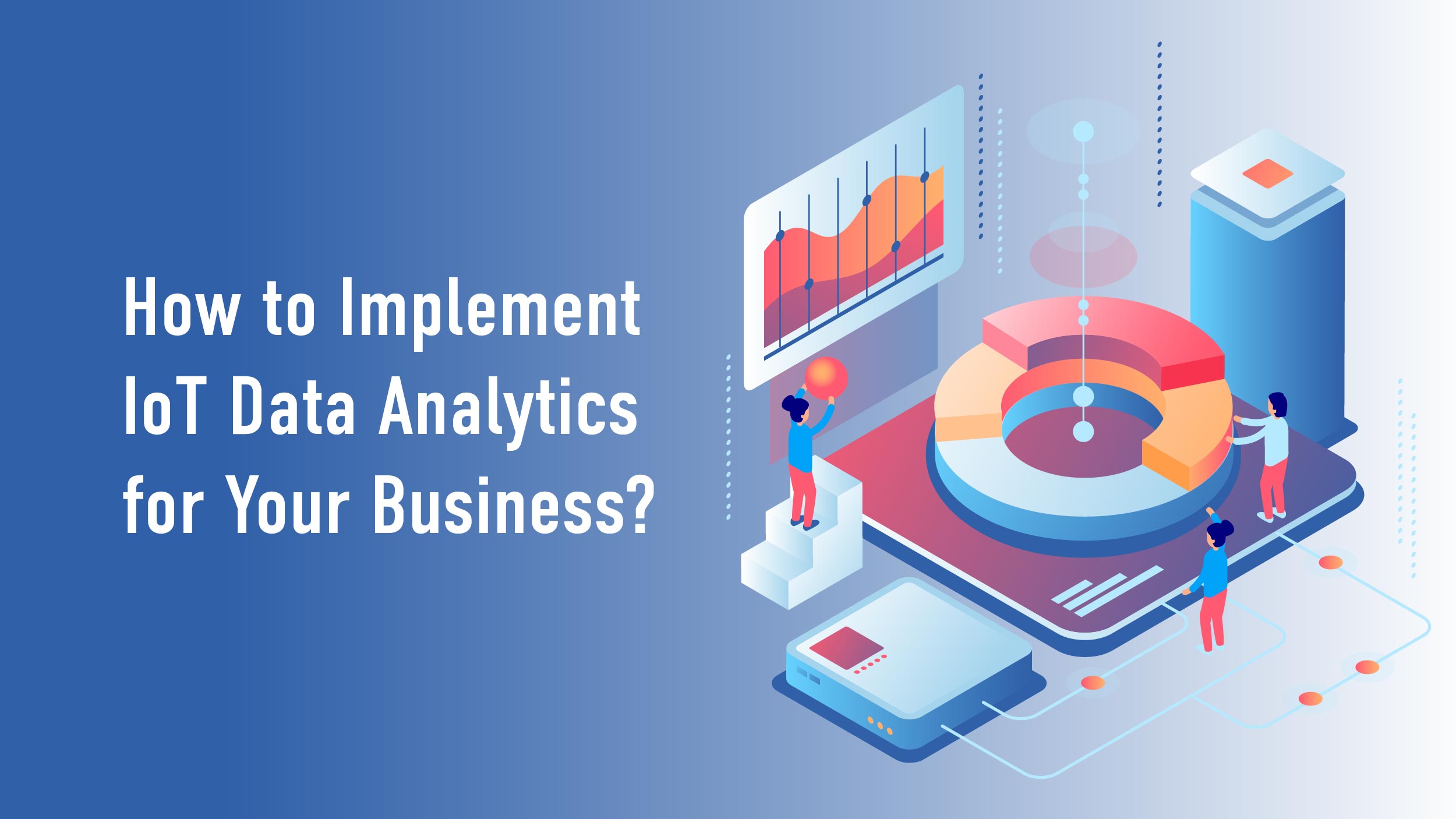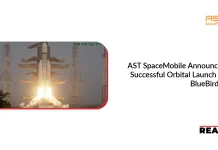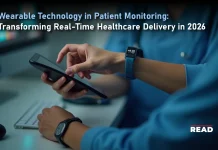In today’s interconnected world, businesses rely on IoT data analytics to extract valuable insights from the vast amounts of data collected by sensors and connected devices. This process helps enhance operations, customer experiences, and product offerings. The global count of IoT devices is projected to soar, reaching nearly 30 billion by the year 2030.
By analyzing incoming streams of IoT data, enterprises can reduce costs, improve efficiency, and identify opportunities for innovation. This article explores the types of IoT data analytics, its relation to big data analytics, and the benefits it offers businesses, along with IoT applications.
What is IoT Data Analytics?
IoT data analytics, or Internet of Things data analytics, is the process of analyzing data generated by IoT devices using specialized tools and techniques. It aims to convert large volumes of unstructured data from various sensors and devices into valuable insights for informed decision-making and further analysis.
This involves studying patterns in both current and historical data to predict and adjust for future events. IoT data analytics can be classified into three types: historical analytics for understanding past events, real-time or streaming analytics for insights into ongoing events, and predictive analytics for anticipating future occurrences.
Difference Types of IoT Data Analytics

There are four primary types of IoT data analytics:
- Descriptive Analytics: Focuses on past events by analyzing historical data to generate reports detailing what happened, when, and how often. Useful for understanding behavior patterns and detecting anomalies.
- Diagnostic Analytics: Goes beyond describing events to uncover why they occurred, using techniques like data mining and statistical analysis to identify root causes of specific issues.
- Predictive Analytics: Utilizes historical data and trends to predict future events, employing statistical and machine learning algorithms to build models for forecasting inventory management, demand, etc.
- Prescriptive Analytics: The most advanced type, not only predicts future events but also provides recommendations on actions to achieve desired outcomes, using optimization algorithms to identify the best course of action for specific goals.
Also Read : A Beginner’s Guide to Choosing the Right Business Intelligence Tools for Your Business
How Do IoT and Big Data Analytics Intersect, and What’s the Role of IIoT?
As you ponder the vast amounts of data, are you considering the connection between IoT and big data analytics? While they may seem intertwined, their distinction lies in their data sources: big data analytics encompass data from various streams, while IoT analytics focus solely on data from connected devices. Internet of things data analytics, a subset of big data analytics, processes data from IoT devices, offering real-time analysis and predictive maintenance solutions. Moreover, the integration of IoT and big data analytics holds the potential for gaining a competitive edge and driving business value.
Now, have you heard of IIoT, or Industrial IoT? It’s the application of IoT in manufacturing and industrial sectors, aiming for operational efficiency and cost reduction. IIoT data analytics processes data from IIoT devices to optimize industrial processes, maintenance, and logistics. IIoT’s future isn’t confined to manufacturing; it’s expanding into healthcare, retail, transportation, energy, and beyond, promising significant advancements across industries.
How to Implement IoT Data Analytics for Your Business?

As IoT continues its expansion into various industries, the demand for internet of things data analytics proportionally rises. However, efficiently implementing this technology remains a challenge for many organizations. Here’s a brief guide to help streamline the process:
- Determine Use Cases:
- Conduct a thorough analysis to identify specific areas within your organization that could benefit from IoT data.
- Understanding your organization’s unique needs and objectives is crucial for selecting the most appropriate approach and platform.
- Data Collection:
- Establish robust systems to collect raw data from a diverse array of sources, utilizing IoT sensors and devices.
- Leverage automation tools to facilitate data cleaning processes, ensuring the removal of invalid or incomplete data points and enhancing overall data accuracy and reliability.
- Data Storage:
- Once collected, ensure that the data is stored efficiently in centralized data centers to enable easy access and analysis.
- Consider utilizing cloud-based storage platforms for their scalability, accessibility, and potential cost-effectiveness.
- Data Visualization:
- Visualize the collected data using a variety of visualization tools to make it more comprehensible and accessible for stakeholders.
- Whether dealing with structured, unstructured, or semi-structured data, effective visualization enhances understanding and interpretation.
- Data Analysis:
- Employ a range of data analytics tools and techniques, including machine learning, predictive analytics, and statistical analysis, to extract valuable insights from the data.
- By leveraging these analytical methods, organizations can uncover actionable insights that drive informed decision-making and facilitate operational improvements.
Final Takeaway
IoT data analytics is poised to revolutionize multiple industries, but organizations must address key challenges to unlock its full potential and reap its benefits. As a rapidly evolving field, data analytics presents significant opportunities for organizations to gather, store, process, and analyze vast amounts of data generated by IoT devices, leveraging hardware, software, and data science tools to gain valuable insights.
With the continuous growth and development of IoT, investing in data analytics will become increasingly vital for businesses. Those who embrace this technology early on will gain a competitive edge in the market, positioning themselves for success in an increasingly connected and data-driven world.




